Embracing the Charm of Bulgaria’s Capital – Sofia
Embrace Sofia’s captivating narrative! By being Bulgaria’s capital, this city harmoniously blends history, culture, and modernity, offering a tapestry of unique experiences. Sofia’s rich past is vividly reflected in its architecture. Likewise, ancient landmarks and modern structures stand side by side. Yoy would like to marvel at the iconic Alexander Nevsky Cathedral, a symbol of Bulgarian Orthodoxy. Except that, you can explore the charming Old Town’s cobblestone streets, where medieval churches and historic buildings mix each other. The feeling of old and new creates an enchanting atmosphere, inviting you to delve into Sofia’s captivating narrative.
Sofia's narrative culture
Firstable, Sofia’s narrative culture is a vibrant tapestry of stories, traditions, and artistic expressions. They reflect the city’s rich history and diverse heritage. From ancient folklore to contemporary literature, Sofia’s narrative culture encompasses a wide array of genres and mediums.
Throughout the centuries, Sofia has been a melting pot of cultures, influenced by various civilizations that have left their mark on the city’s identity. This cultural amalgamation is evident in Sofia’s literature, music, and visual arts, which draw inspiration from both Eastern and Western traditions.
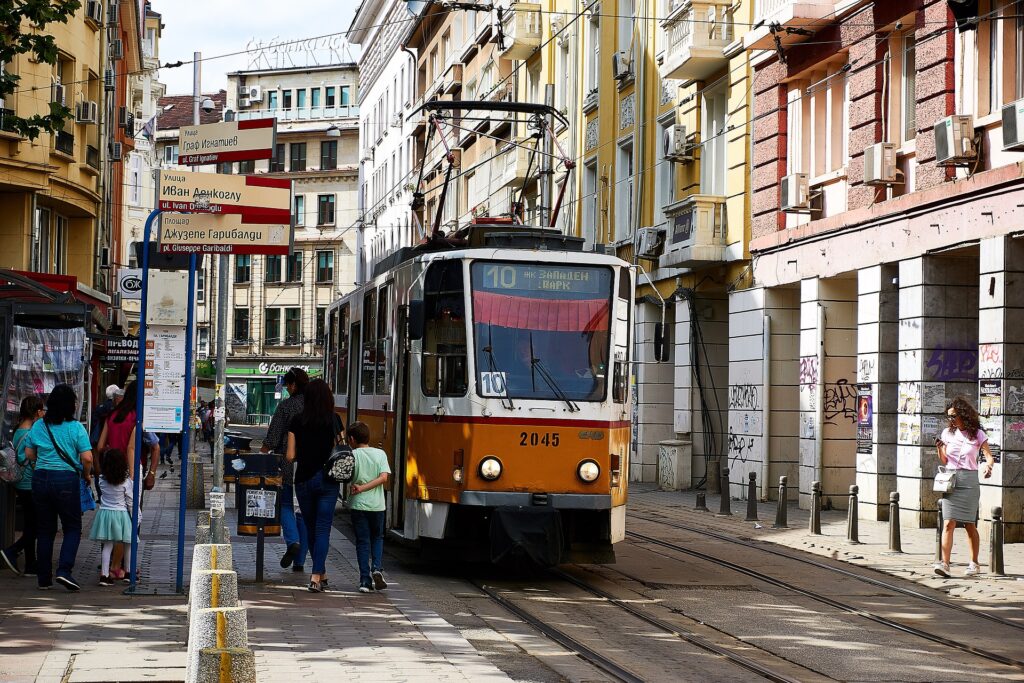
One of the defining features of Sofia’s narrative culture is its deep connection to the land and its people. Through myths, legends, and oral histories, Sofia’s residents have passed down stories of triumph, struggle, and resilience, shaping the collective identity of the city.
City's history
Founded over 7,000 years ago, Sofia(In that time Serdika) has been inhabited by various people, including Thracians, Romans, Byzantines, and Ottomans. Each of them has left their mark on the city’s architecture and culture. Throughout its history, Sofia has been a strategic crossroad, a center of commerce, and a melting pot of cultures, languages, and religions.
The city’s architectural heritage reflects its diverse history, with landmarks ranging from Roman ruins and Byzantine churches to Ottoman mosques and Soviet-era monuments. These historic sites serve as tangible reminders of Sofia’s past and provide a window into the city’s complex and multifaceted past.
Sofia’s history is also marked by periods of conflict and conquest, including invasions by barbarian tribes, Ottoman rule, and wars of independence. Despite these challenges, Sofia has endured and emerged stronger, evolving into the vibrant and cosmopolitan city it is today.
In recent decades, Sofia has undergone rapid modernization and development, becoming a dynamic hub of commerce, culture, and innovation in Southeast Europe. Yet, amidst the skyscrapers and shopping malls, traces of Sofia’s ancient past still linger, reminding residents and visitors alike of the city’s enduring legacy and the resilience of its people.
NDK(National Palace of Culture)
The National Palace of Culture in Sofia, Bulgaria hosts cultural events and conferences, showcasing Bulgarian heritage. In fact NDK is the biggest conference building in the Balkans. Also, it serves as a symbol of national pride and cultural diversity. The building features modern architecture and state-of-the-art facilities, attracting visitors worldwide. Numerous exhibitions, concerts, and theatrical performances take place there, enriching the cultural scene of the city. Renowned artists and intellectuals frequently grace its stages, contributing to its vibrant atmosphere.
The palace also serves as a venue for international conferences and forums, fostering global dialogue and cooperation. Its central location makes it easily accessible to both locals and tourists, further enhancing its significance as a cultural hub. The National Palace of Culture stands as a testament to Bulgaria’s rich cultural heritage and its commitment to artistic expression.
It continues to play a vital role in promoting cultural exchange and creativity within the country and beyond. Overall, the National Palace of Culture represents a cornerstone of Sofia’s cultural identity and an embodiment of artistic excellence in the region.
Serdika
Serdika, once an ancient Thracian settlement and later a vital Roman city, now lies beneath the modern central streets of Sofia, Bulgaria’s capital. This historic site, nestled in the heart of the city, serves as a tangible link to Sofia’s rich past.
Walking through Serdika is like stepping back in time. The remnants of ancient walls, streets, and buildings offer glimpses into the daily lives of its former inhabitants. Visitors can explore archaeological excavations that reveal Roman baths, markets, and even a subterranean street lined with shops.
The significance of Serdika extends beyond its archaeological treasures. It serves as a symbol of resilience, having survived centuries of conquests, wars, and urban development. Today, efforts to preserve and showcase its heritage highlight its importance as a cultural and historical landmark.
Serdika’s presence beneath Sofia’s bustling streets adds depth and character to the cityscape. It reminds residents and visitors alike of Sofia’s roots and the layers of history that contribute to its identity.
Moreover, this region serves as a focal point for cultural events and celebrations, connecting contemporary Sofia with its ancient past. Whether exploring its archaeological sites, attending cultural festivals, or simply strolling through its streets, Serdika invites all to discover the timeless beauty and heritage of Sofia.
You might be interested in reading:
Aleksander Nevsky Cathedral
This magnificent Orthodox cathedral Aleksander Nevsky boasts a striking design, characterized by its golden domes, intricate façade adorned with ornate details, and imposing size that dominates the city skyline. Its interior is equally awe-inspiring, with elaborate frescoes, majestic chandeliers, and richly decorated iconostasis showcasing the finest craftsmanship of Bulgarian artisans.
The Alexander Nevsky Cathedral, stands as a masterpiece of architecture and a testament to the nation’s history and faith. Constructed in the late 19th century, the cathedral is named in honor of Alexander Nevsky, a revered Russian prince and military hero.
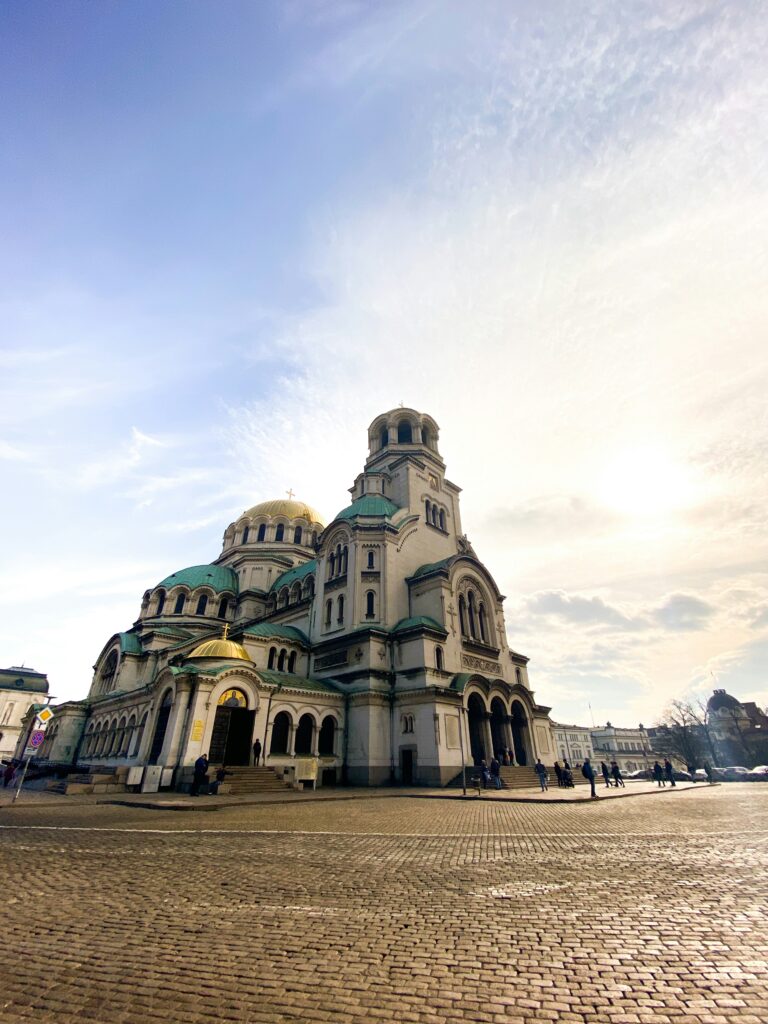
Throughout its history, the cathedral has witnessed pivotal moments in Bulgaria’s journey. From periods of national revival to times of struggle and triumph. It has stood as a beacon of hope and resilience, inspiring generations with its message of faith and unity.
Today, the Alexander Nevsky Cathedral remains a cherished landmark and a source of pride for Bulgarians, symbolizing the enduring strength of their heritage and spirituality. Whether illuminated by the golden light of dawn or standing majestic against the night sky, the cathedral continues to captivate hearts and minds, inviting all who behold it to experience its timeless beauty and grace.
Embrace Sofia's cuisine
Sofia’s culinary offerings are a feast for the senses, blending traditional Bulgarian flavors with modern twists. By having a walk around the city, you can enjoy banitsa, a layers of pastry filled with cheese and herbs. Also, you can taste savor kavarma, a slow-cooked stew capturing the essence of Bulgarian cuisine. Moreover, the city’s diverse restaurants and street food stalls promise a culinary adventure for every palate.
City nightlife
As day turns into night, experience the energy of Sofia’s nightlife. From trendy bars to traditional mehanas, where live music and dance create a lively atmosphere. Likewise, embrace the local music scene, where a fusion of traditional folk tunes and contemporary beats sets the stage for really nice evenings.
Beyond the music and drinks, Sofia’s nightlife is also a celebration of culture, community, and creativity. It’s a place where people come together to connect, unwind, and create memories that last a lifetime.
Ivan Vasov Theater
The Ivan Vazov National Theater, situated in Sofia, Bulgaria, is an important place of the city’s cultural landscape. It serves as a premier venue for theatrical performances. IT also shows Bulgaria’s rich literary tradition. The theater is named after Ivan Vazov, one of the country’s most celebrated writers, honoring his contributions to Bulgarian literature. With its grand architecture and historic significance, the Ivan Vazov Theater stands as a symbol of national pride and artistic excellence.
Throughout its storied history, the theater has hosted a myriad of productions, ranging from classical plays to contemporary works. It provides a platform for both established and emerging artists to showcase their talents, enriching the cultural tapestry of Sofia. The theater’s repertoire encompasses a diverse range of genres, catering to a wide audience and fostering a deep appreciation for the performing arts. In the rescent years, Ivan Vasov National Theater turned out to be one of the most visited tourist attractions not only in Sofia but in the entire country.
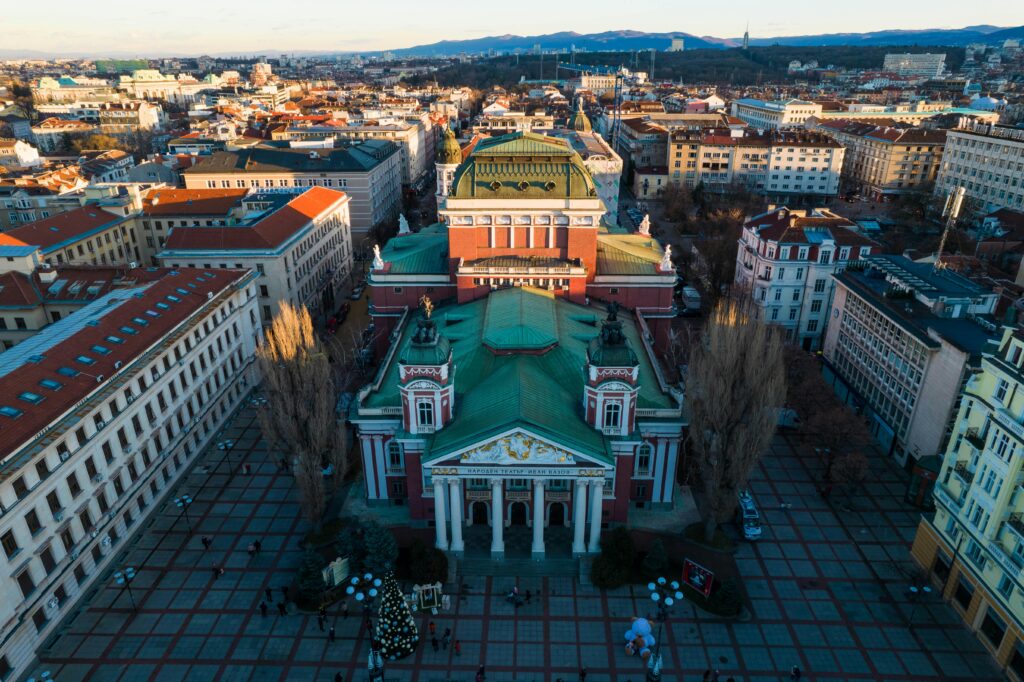
It is not only a venue for entertainment but also a center for intellectual discourse and social commentary. Its productions often tackle pressing societal issues, sparking dialogue and reflection among spectators. Additionally, the theater regularly collaborates with international artists and theater companies, promoting cultural exchange and collaboration on a global scale.
City's narrow streets
Sofia’s narrow streets wind through the city, weaving between historic buildings and bustling markets. Cobblestones pave the way, guiding pedestrians along the labyrinthine pathways.
Colorful facades line the streets, adorned with vibrant murals and intricate detailing. Occasionally, a quaint cafe or boutique beckons passersby to pause and explore. As mentioned, there are a plethora of old histrical houses dating back to the time when Bulgaria was a kingdom.
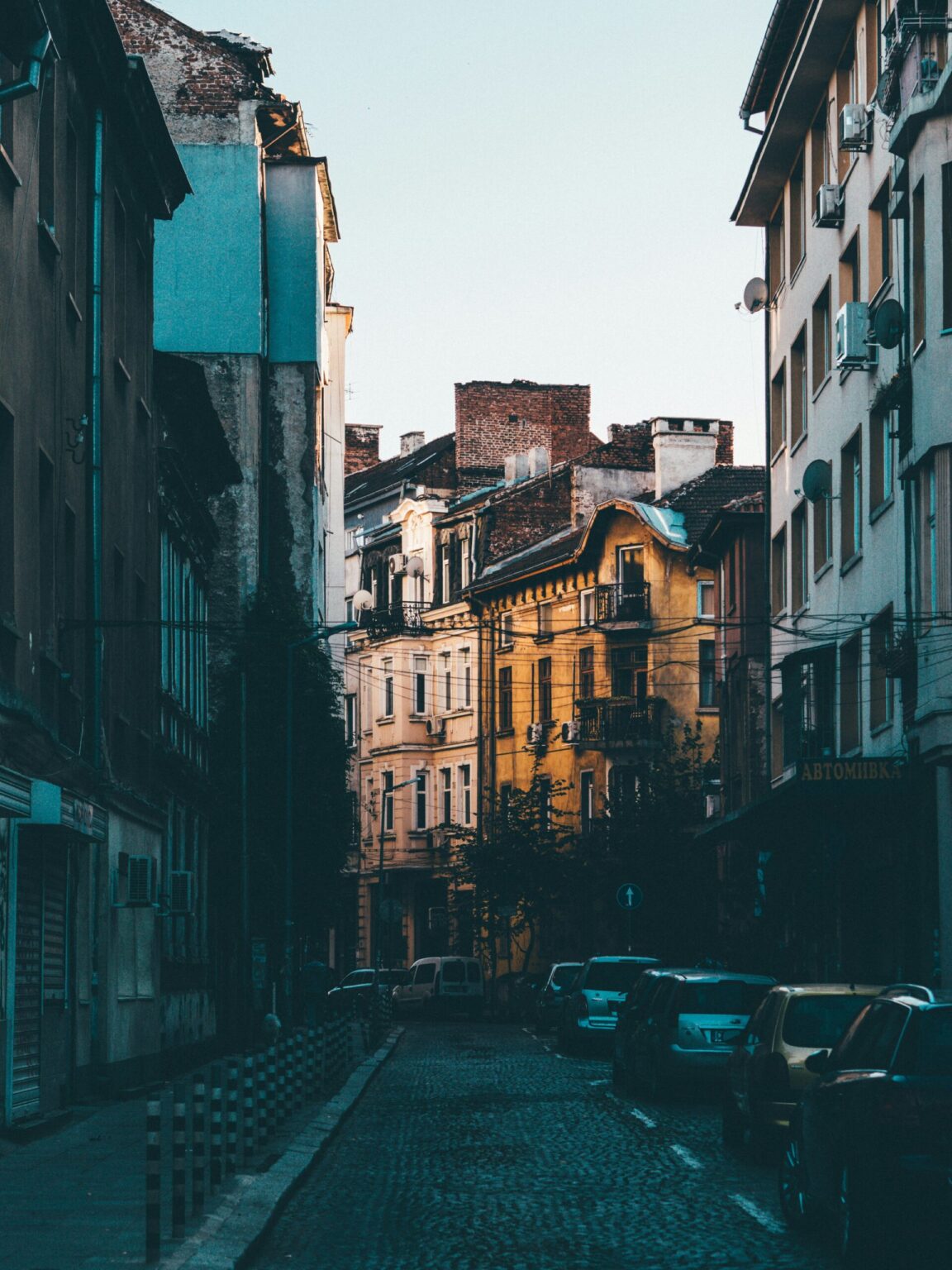
Sofia’s narrow streets have a lot to offer. There is in each edge something new and interesting that you could not find it anywhere in the city. Except that, narrow streets and their atmosphere represent such a strong historical connection between today’s capital with its bygone. They are not only a beautiful part of Sofia but a strong cultural embodiment, as well. In other words, they are such a marvellous place for a cultural and history-seeking visitors.
The remarkable mountain Vitosha and Borisova Gradina
Away from Sofia’s dynamic life, for a more elevated experience, go to Vitosha Mountain, where panoramic views await those willing to climb. Except that, the mountain not only provides a breathtaking vantage point of Sofia but also seamlessly integrates with the urban surroundings. This offers a unique blend of nature and city life. Actually, Vitosha mountain is an extinct volcano rising above the entire city.
Borisova Gradina and Vitosha Mountain act as natural sanctuaries, creating a refreshing balance within the city’s dynamic energy. Whether strolling through the park’s lush expanses or ascending the mountain’s slopes, the connection between nature and urban life is vividly apparent.
Conclusion
In conclusion, Sofia – the capital of Bulgaria is such a bautiful filled-with-attractions city. There is everything to enjoy by starting from the historical atmosphere to the most contemporary parts of the city. Wether you decide to go to the one part, you would be as if in completely different city or state by switching up to another one.
Sofia is just a historical hub and landmark surrounded by four mountains and natural gardens. You just have to feel it when you visit it.


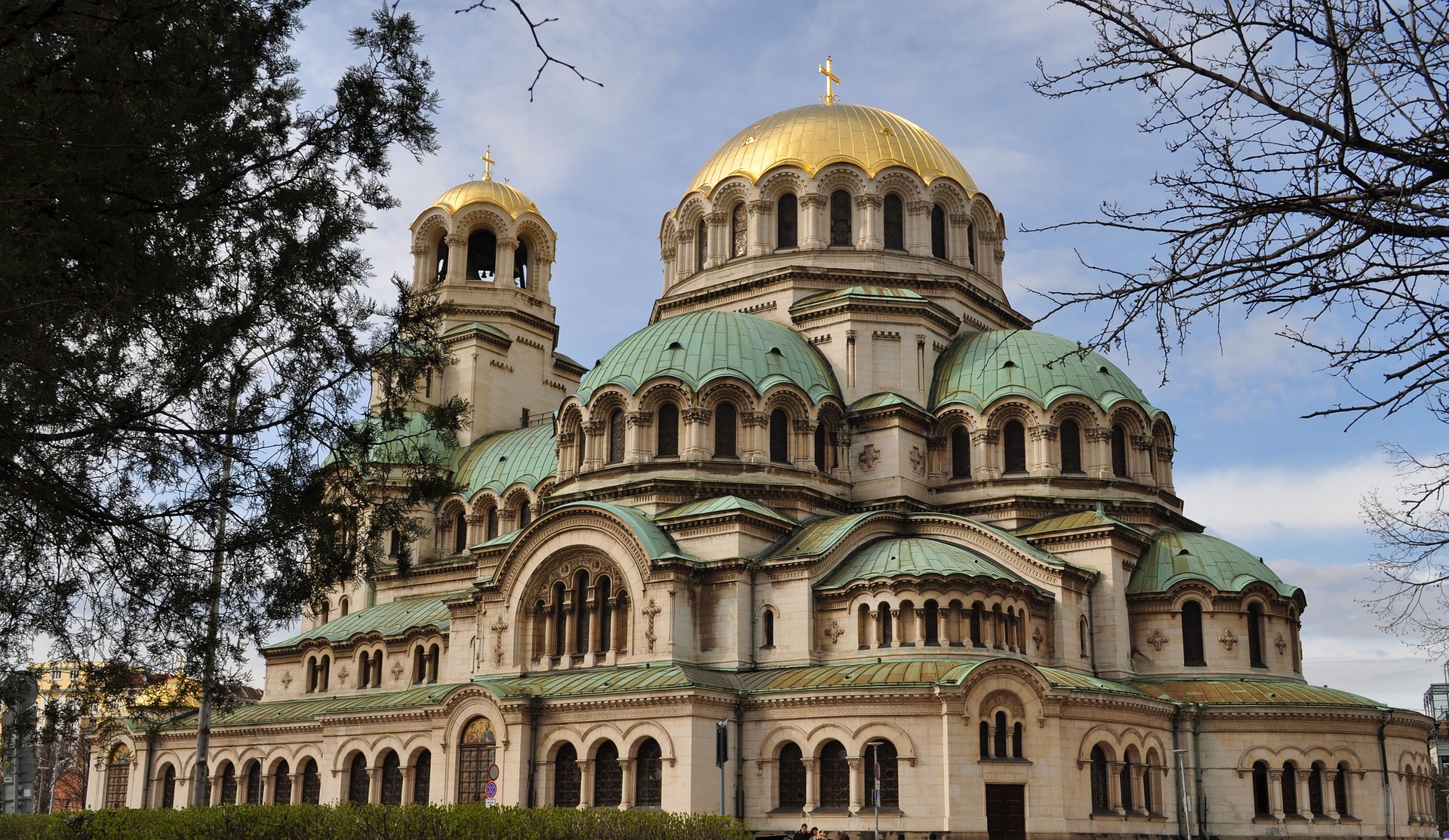
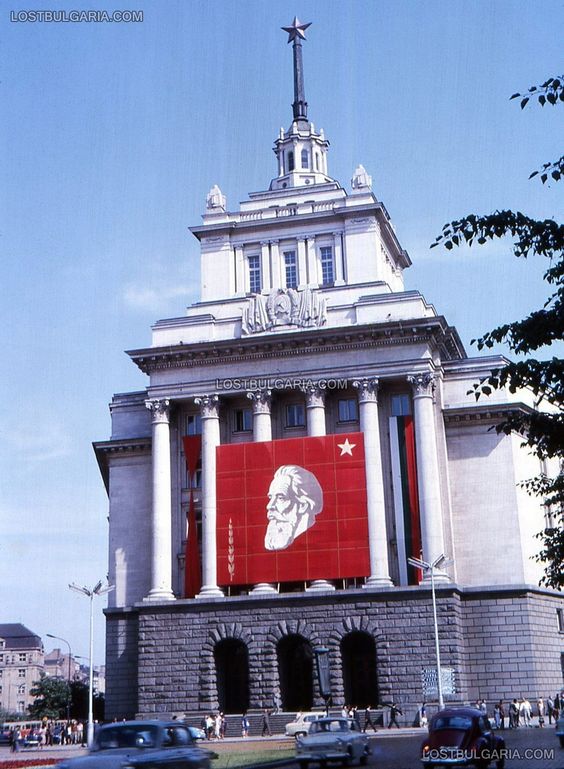
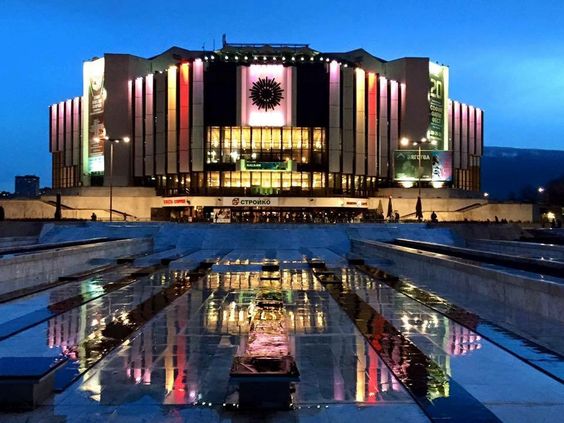
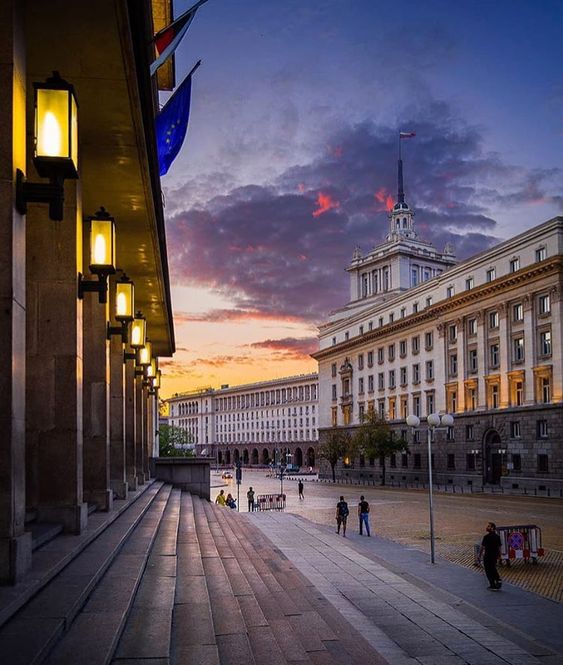
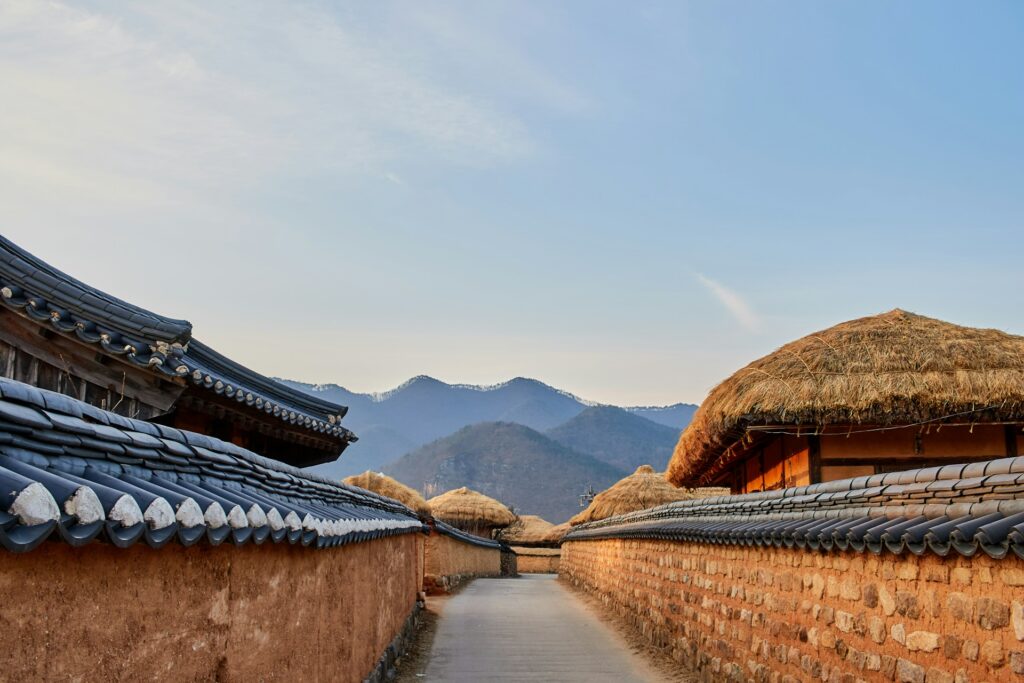

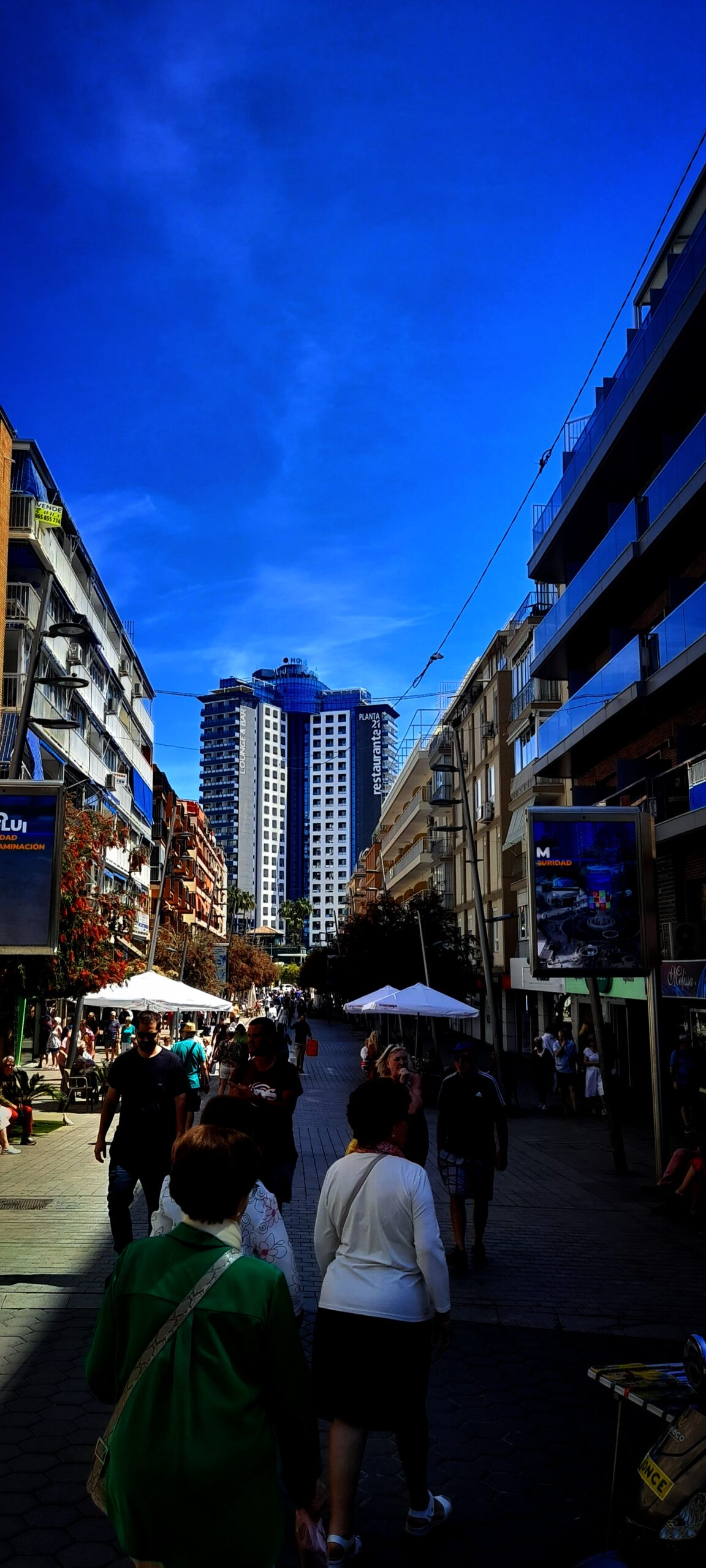

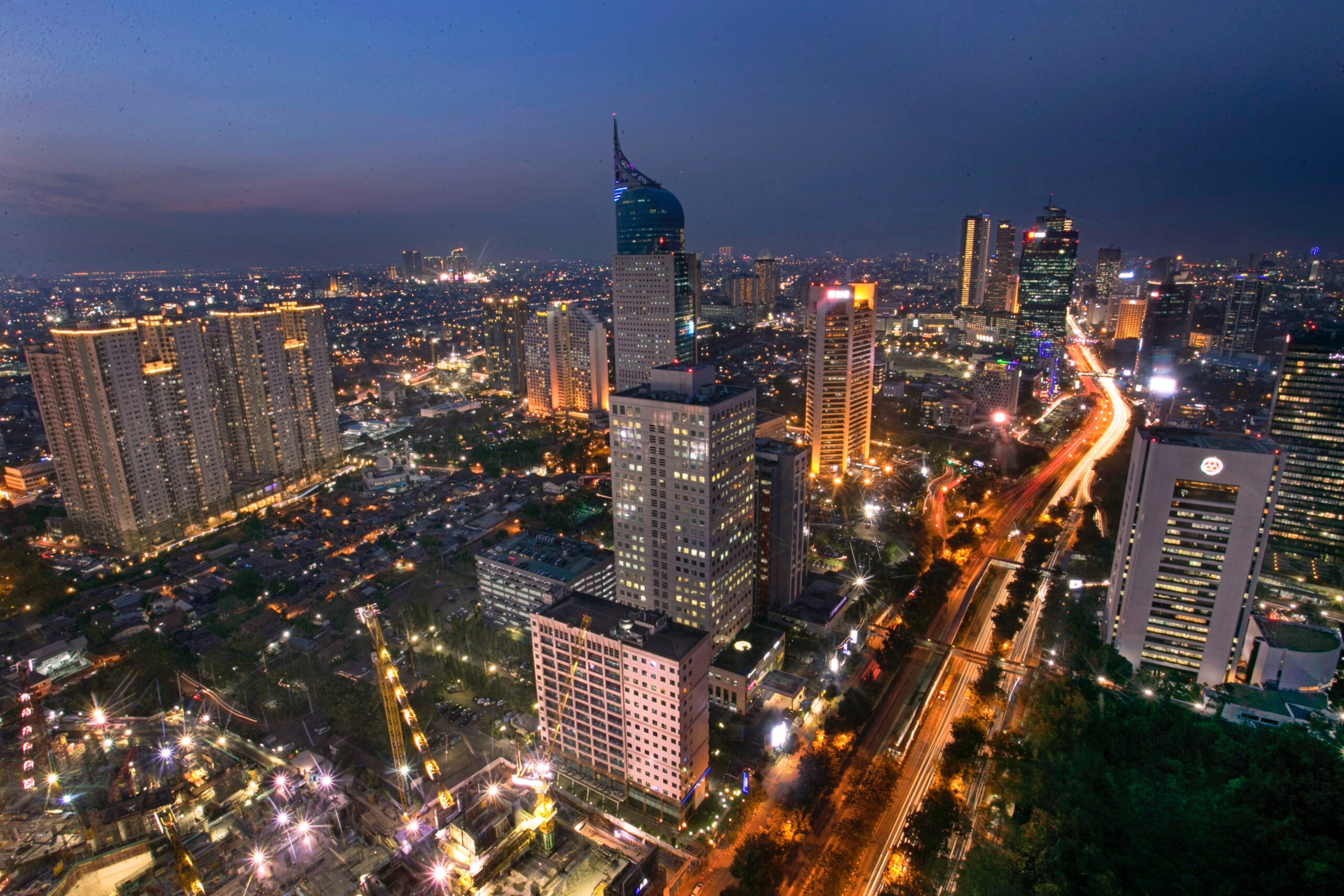
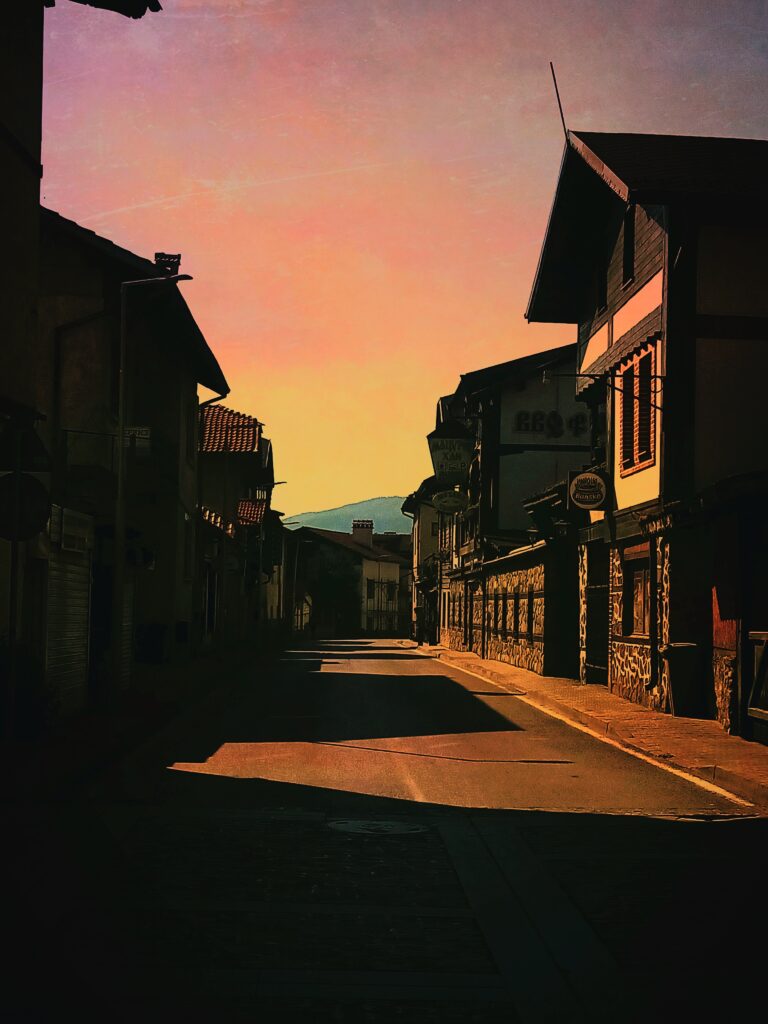
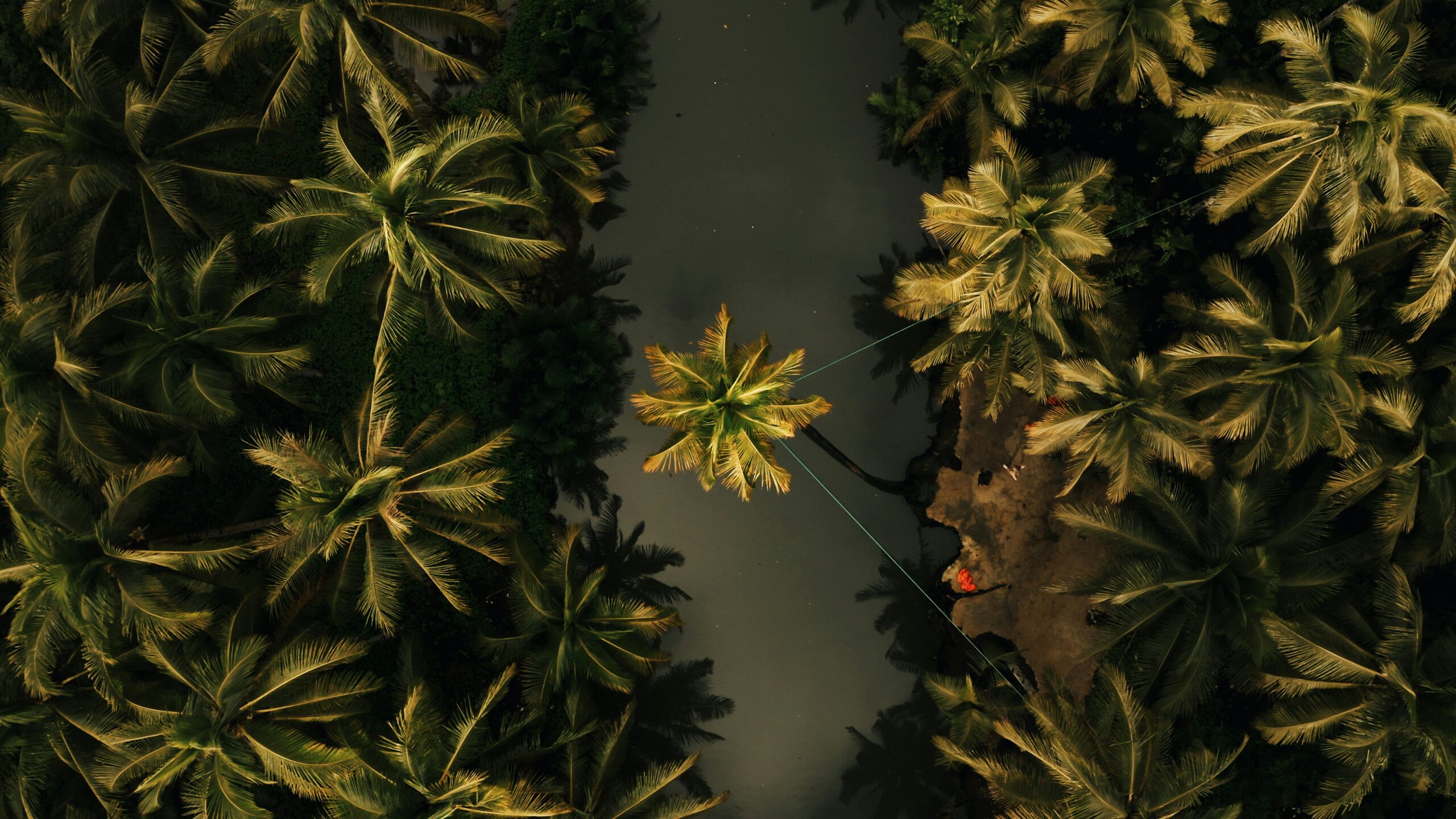
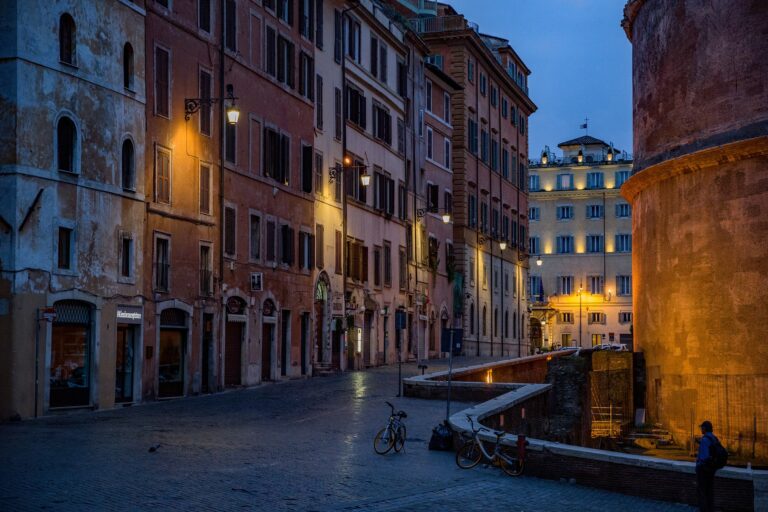
2 Comments
Comments are closed.